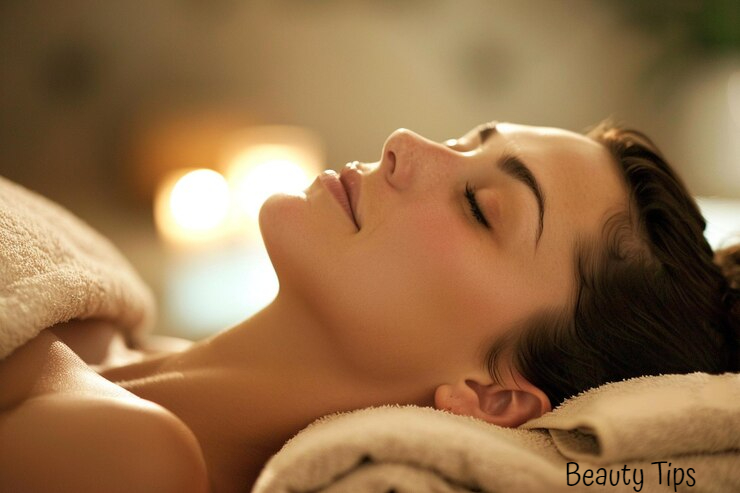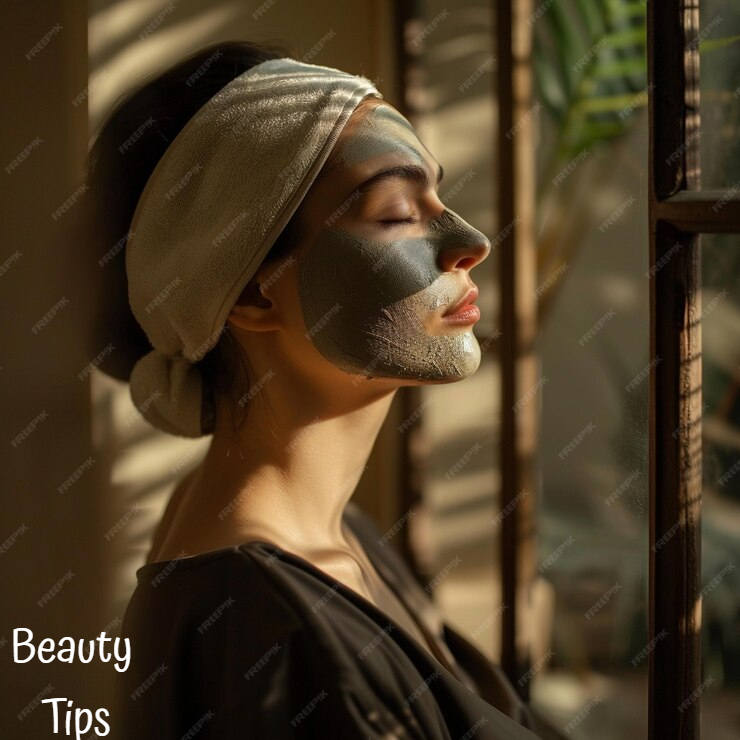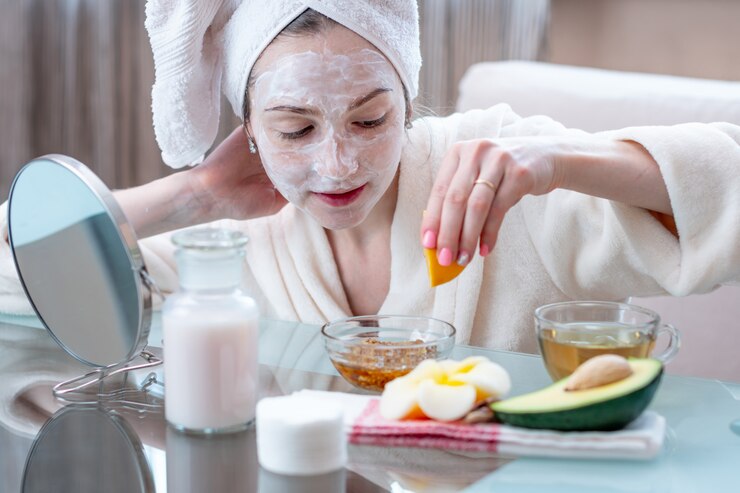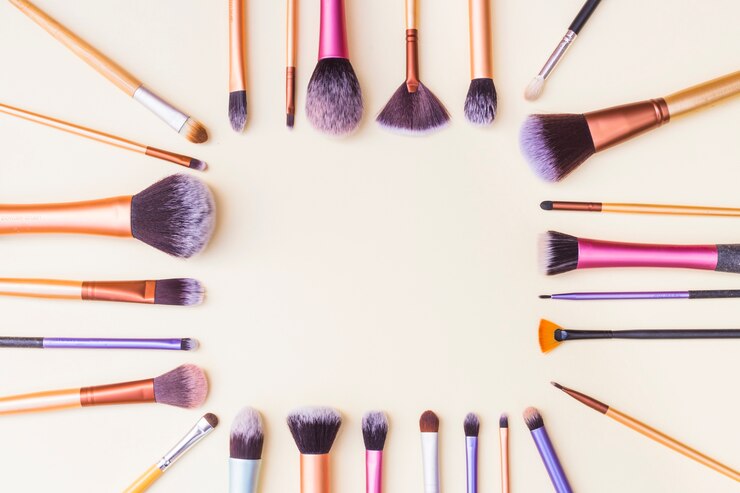The Renaissance of Ancient Beauty Practices: Rediscovering Timeless Secrets
In today’s fast-paced world, the quest for flawless beauty often leads us to the latest innovations and cutting-edge technologies. However, a fascinating trend is emerging: the resurgence of ancient beauty practices that have stood the test of time. From Cleopatra’s legendary skincare routines to traditional Ayurvedic rituals, ancient beauty practices are experiencing a renaissance. This article delves into the revival of these time-honored techniques, exploring their benefits and relevance in the modern beauty landscape.
Ancient Beauty Practices: A Timeless Legacy
Ancient civilizations across the globe developed sophisticated beauty rituals using natural ingredients and holistic approaches. These practices were not merely aesthetic; they were deeply intertwined with health, wellness, and spiritual well-being. The renaissance of ancient beauty practices reflects a growing appreciation for these holistic methods, which are often seen as more sustainable and effective than their modern counterparts.
Cleopatra’s Beauty Regimen: The Ultimate Luxurious Routine
Cleopatra, the last active ruler of the Ptolemaic Kingdom of Egypt, is often celebrated for her legendary beauty. Her skincare routine, which famously included milk baths and honey masks, has captivated both historians and beauty enthusiasts. For instance, Cleopatra reportedly bathed in milk to achieve a radiant complexion, taking advantage of the lactic acid’s exfoliating properties. Meanwhile, honey, renowned for its moisturizing and antibacterial qualities, was used to maintain youthful skin. Consequently, these time-honored practices, grounded in natural ingredients, are currently experiencing a revival in the beauty market. Indeed, many contemporary brands are now incorporating milk and honey into their formulations, bridging the gap between ancient traditions and modern skincare.
The Ayurvedic Approach: Ancient Wisdom for Modern Beauty
Ayurveda, a holistic system of medicine originating in India, offers a wealth of beauty practices that emphasize balance and natural remedies. Ayurvedic beauty rituals often involve the use of herbs, oils, and dietary practices to promote skin health and overall well-being. Ingredients like turmeric, neem, and rosewater are staples in Ayurvedic beauty routines. Turmeric, with its anti-inflammatory and antioxidant properties, is used in face masks and scrubs to enhance complexion and reduce acne. Neem, known for its purifying effects, is used to address skin issues and promote a clear, healthy glow.
The Japanese Art of Geisha Beauty: A Tradition of Elegance
In Japan, the beauty rituals of the geisha have long been admired for their meticulous attention to detail and elegance. Geishas are known for their flawless, porcelain-like skin and elaborate makeup techniques. Central to their regimen is the use of rice bran, a traditional ingredient rich in vitamins and antioxidants. Rice bran oil is prized for its ability to brighten the skin, improve elasticity, and provide deep hydration. The process of double cleansing, which involves using an oil-based cleanser followed by a water-based cleanser, is also a key element of geisha beauty practices, ensuring a thoroughly clean and radiant complexion.
The Mediterranean Influence: Greek and Roman Beauty Secrets
Ancient Greeks and Romans also contributed to the legacy of beauty practices. The Greeks, for instance, celebrated the virtues of olive oil, using it both as a moisturizer and a base for massage. Olive oil’s rich content of essential fatty acids and antioxidants makes it a timeless ingredient for maintaining skin’s elasticity and hydration. Roman beauty routines, on the other hand, often involved the use of natural minerals and clay masks. These treatments were believed to detoxify and purify the skin, leaving it refreshed and rejuvenated.
The Chinese Tradition: Beauty Through Traditional Chinese Medicine (TCM)
Traditional Chinese Medicine (TCM) has a long history of incorporating beauty practices into its holistic approach to health. Techniques such as acupuncture and herbal remedies are used to promote youthful, radiant skin. Gua Sha, a traditional scraping technique, is known for its ability to improve circulation, reduce puffiness, and enhance facial contours. Additionally, herbal ingredients like goji berries and pearl powder are used in TCM beauty rituals for their rejuvenating and nourishing properties.
The Revival of Ancient Beauty Practices: Why It Matters
The revival of ancient beauty practices can be attributed to several factors. Modern consumers are increasingly seeking natural, sustainable, and effective solutions that align with a holistic approach to wellness. Ancient beauty practices offer a connection to traditional wisdom and a deeper understanding of how natural ingredients can benefit the skin. Additionally, the use of ancient practices often aligns with a more eco-conscious lifestyle, as these methods typically involve fewer synthetic ingredients and less waste.
Embracing Ancient Practices in Modern Beauty Regimens
Incorporating ancient beauty practices into contemporary routines can be both enlightening and rewarding. Here are some ways to embrace these timeless techniques:
- Research and Education: Learn about various ancient beauty practices and their benefits. Understanding the history and science behind these methods can help you integrate them more effectively into your routine.
- Natural Ingredients: Seek out products that feature ingredients inspired by ancient beauty rituals, such as honey, turmeric, or rice bran oil. These ingredients often provide multiple benefits and are less likely to contain harmful chemicals.
- Holistic Approach: Embrace a holistic approach to beauty by combining ancient practices with modern skincare. For example, you might use a traditional facial mask in conjunction with contemporary serums and moisturizers to enhance overall results.
- Sustainability: Opt for beauty products and practices that emphasize sustainability and ethical sourcing. Many ancient beauty practices align with eco-friendly principles, making them a natural fit for a more conscientious beauty routine.
Conclusion
The renaissance of ancient beauty practices is more than a fleeting trend; it represents a deeper appreciation for the wisdom of past civilizations and their understanding of natural beauty. By rediscovering and integrating these time-honored techniques, we can enrich our modern beauty routines with proven, effective methods that honor tradition while embracing innovation. As we navigate the ever-evolving landscape of beauty, ancient practices offer a timeless reminder of the enduring power of nature and holistic well-being.



